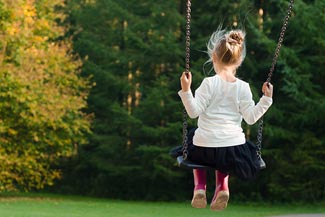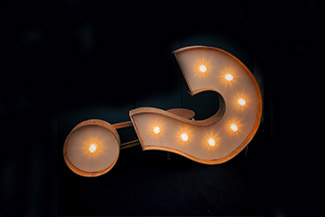Myopia Management
Is your child short-sighted?
Is your child's myopia worsening?
Myopia (nearsightedness) is not just an inconvenience. It can also significantly increase the risk of permanent vision loss.
Fortunately, current research shows that myopia can be managed.
Why is Managing Your Child's Nearsightedness Important?

Although eyeglassesand standard contact lenses can correct a person’s vision, they do not treat the underlying cause of myopia or slow its progression.
Myopia significantly increases the risk of developing sight-threatening eye diseases later in life, such as cataracts, glaucoma, retinal detachment and macular degeneration. The higher your child’s myopia, the greater the risk.
If you’re concerned about your child’s long-term eye health and vision, contact Eyesymmetry Vision Center in Owings Mills today. Dr. Moshe Schwartz and Dr. Jenny Chen can help.
What is Myopia Management?
Myopia management is an area of eye care that uses custom treatments to prevent or slow your child's myopia progression. Depending upon your child's specific needs, our eye care team in Owings Mills will be able to prescribe management options that can help your child maintain clearer vision for longer.
We specialize in myopia treatment to slow progression of nearsightedness using the following methods:
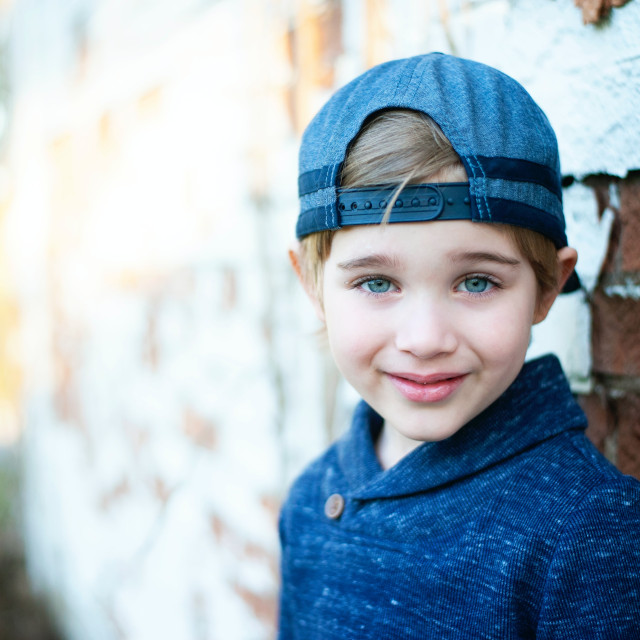
Myopia Management Reviews
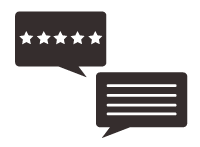
Symptoms of Myopia
- Your child has difficulty seeing things clearly at a distance
- Difficulties seeing the board in class
- Your child squints to see far away
- They complain of headaches and eyestrain
- Difficulties with sports that involve small balls, such as baseball or tennis
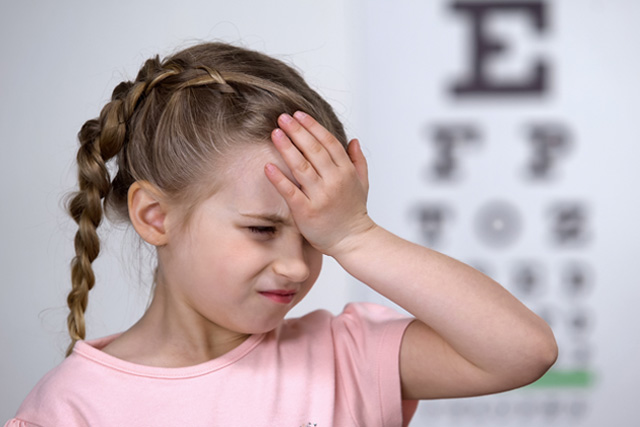

Myopia and Eye Diseases
As your child’s myopia progresses and worsens, their risk of developing vision-threatening eye diseases later is significantly increased.
The chances of developing permanent vision loss from glaucoma, macular degeneration or retinal disease increases by 10x – even if your myopia isn’t that severe!
Treatment with Myopia Management
The good news? Myopia management and regular eye exams with our optometry team can help your child regain clear vision, and slow down or even stop their eyes from worsening.
Myopia management will also decrease their risk of developing an ocular disease.

How Do I Know If My Child Needs Myopia Management?
If you are concerned about your child’s myopia, call our practice today. Myopia Control Specialist, Dr. Moshe Schwartz O.D., F.A.A.O. will help you understand more about your child's nearsightedness and will determine whether your child is a candidate for myopia management.
Take our myopia assessment online to find out whether your child could benefit from this life-changing treatment.

Our Myopia Management Team

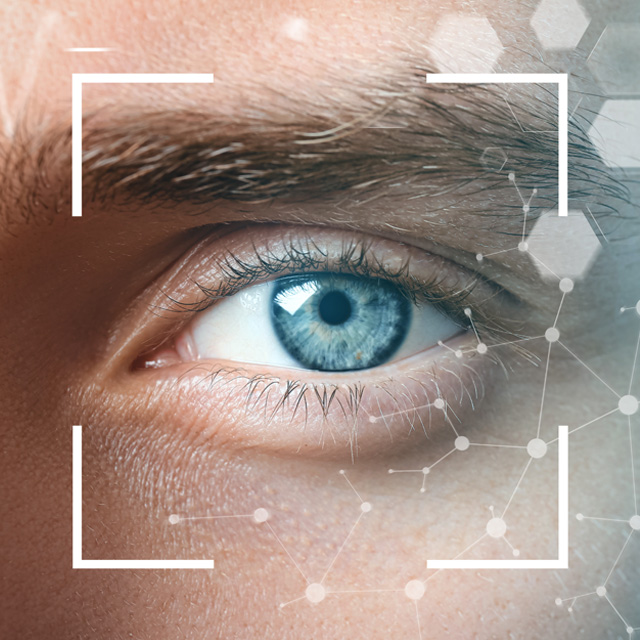
Myopia increases the risk of serious eye diseases
Myopia can significantly increase your risk of developing potentially sight-threatening eye conditions in the future. But how much does your risk grow, exactly?
Research shows that the worse your myopia is, the higher your risk. For example, your risk of developing myopic maculopathy, an especially severe form of macular degeneration, is 2.2x higher if your prescription is -2.00, and jumps to 9.7x higher at -4.00, 40.6x higher at -6.00, and is a whopping 126.8x higher at a prescription of -8.00.
This is why it’s so essential to stop myopia progression in its tracks with myopia management.
What Factors Increase Risk of Myopia?
Our eye care professionals have pinpointed a number of factors that may lead to an increased risk of nearsightedness:

Having parents who are also nearsighted increases risk.
Developing myopia before 12 years old significantly increases risk of severe myopia.


Spending too much time on digital screens and reading books can strain the eyes, increasing risk of nearsightedness.
Protect your child’s long-term vision and eye health. Contact our Owings Mills optometry team about myopia management at Eyesymmetry Vision Center today!

